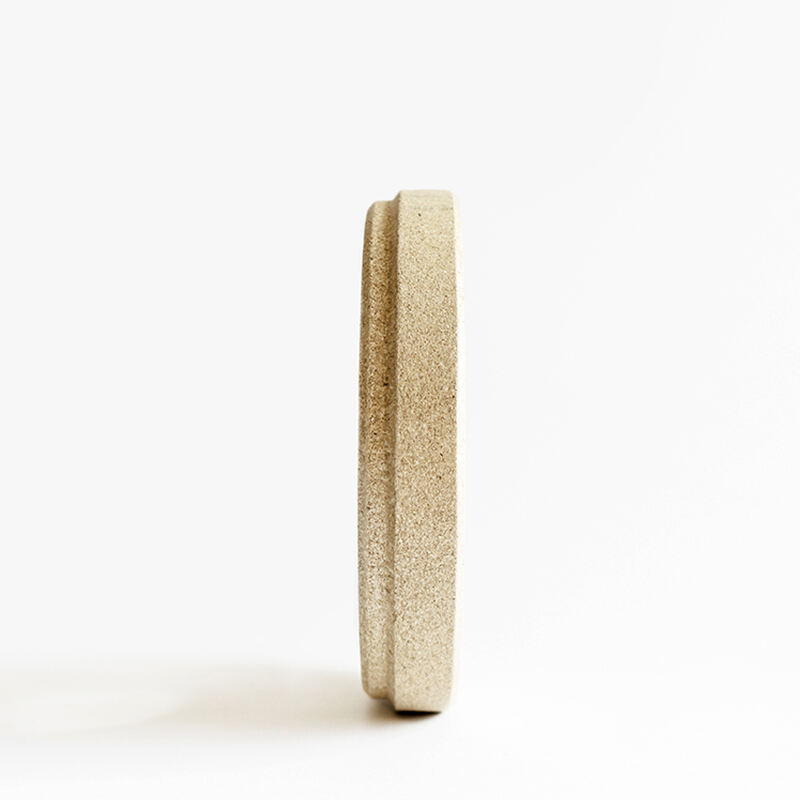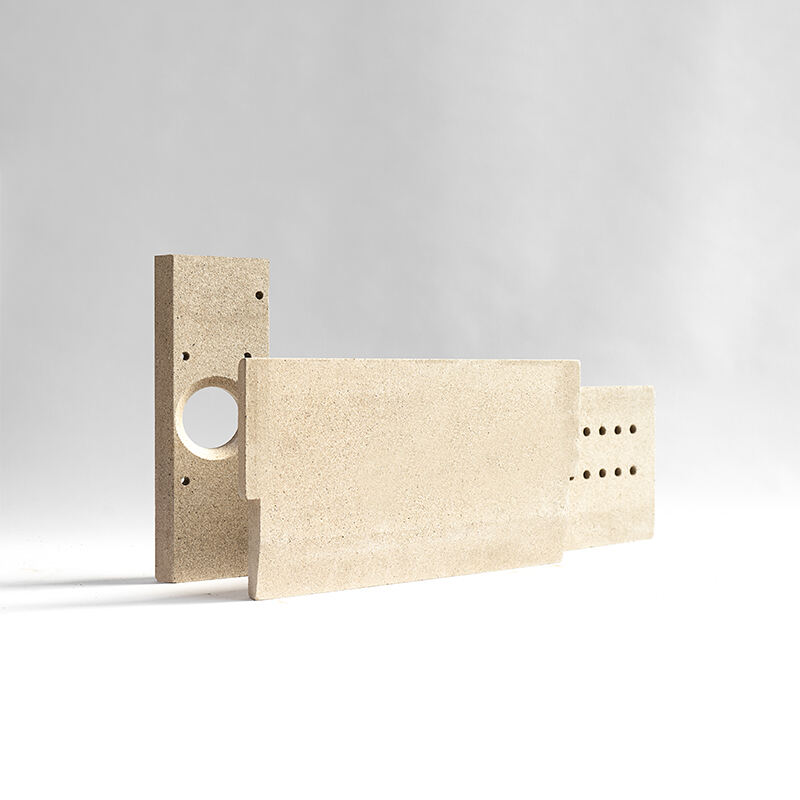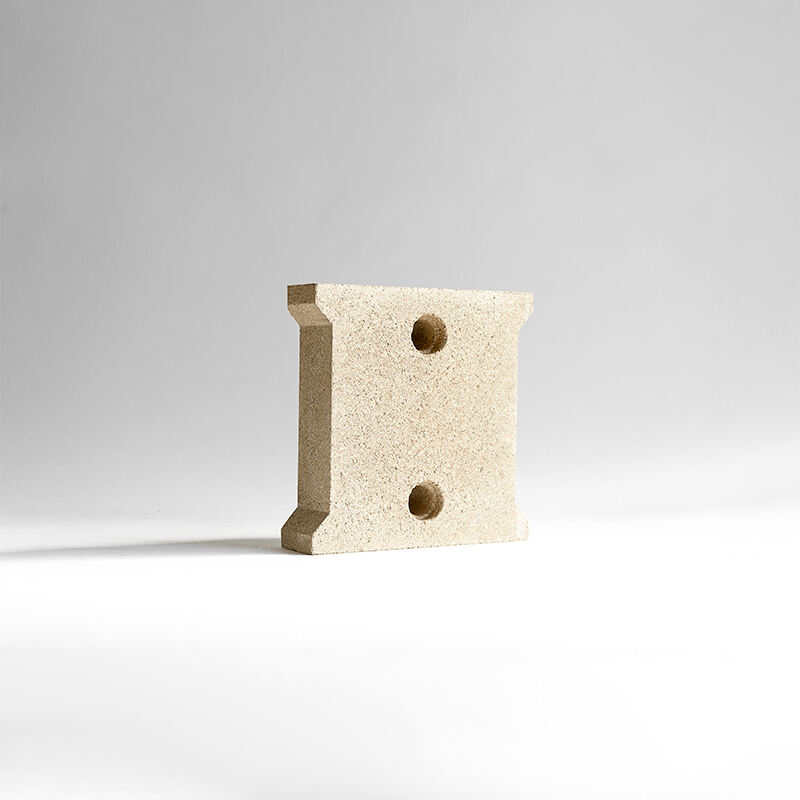The insulating firebrick manufacturing process at Bitewater (Shenzhen) Technology Co., Ltd. is a meticulous and highly controlled procedure designed to produce firebricks with exceptional thermal insulation and fire-resistant properties. It all begins with the selection of high-quality raw materials, primarily vermiculite, a naturally occurring mineral known for its excellent heat-resistant characteristics. The vermiculite is carefully mined and processed to remove impurities, ensuring a pure and consistent base material for our firebricks. Next, the vermiculite is mixed with other inorganic binders and additives in precise proportions to enhance the brick's strength, durability, and fire resistance. This mixture is then subjected to a series of mechanical processes, including milling and blending, to achieve a homogeneous and uniform composition. The blended material is then molded into the desired brick shape using advanced hydraulic presses, which apply immense pressure to ensure a dense and compact structure. After molding, the firebricks undergo a curing process, where they are allowed to dry slowly under controlled temperature and humidity conditions. This step is crucial in preventing cracks and ensuring the bricks maintain their shape and integrity during subsequent firing. The curing process is followed by a high-temperature firing in a kiln, where the bricks are subjected to temperatures exceeding 1,200°C. This firing process not only strengthens the bricks but also activates the vermiculite's expansion properties, creating tiny air pockets within the brick that enhance its thermal insulation capabilities. Finally, the finished insulating firebricks are inspected for quality and performance, ensuring they meet our stringent standards before being packaged and shipped to customers. Bitewater's commitment to excellence in the insulating firebrick manufacturing process results in products that offer superior thermal insulation, fire resistance, and durability, making them ideal for use in a wide range of industrial applications, including steel ladles, aluminum melting cells, and furnaces.


